
In the latest instalment of his series, Steve Dennis finds the recently appointed racecourse manager pledging ‘transformational change’
Youth and vigour; you can’t beat it. He breezes into the room, a breath of fresh air, his hands clutching a sheaf of preparatory notes, his gaze – after the proper introductions – frequently drawn to the window beyond which Epsom racecourse gleams greenly from the latest spring shower. Tom Sammes, the general manager of one of the Jockey Club’s flagship venues, has his eyes on the future.
 Sammes is not what might be expected for a man in his position. He is young, only 34, and has no background in racing, lacks the hardwired historical awareness for the sport that tends to characterise such appointments.
Sammes is not what might be expected for a man in his position. He is young, only 34, and has no background in racing, lacks the hardwired historical awareness for the sport that tends to characterise such appointments.
There is scope to regard that in negative terms, but many could instead consider his lack of baggage, the absence of institutional memory, as an advantage. Sammes is a new broom, overseeing his first Derby this year, and he bristles with energy. He answers the first question before it’s asked.
“You can look at my CV and ask what right do I have to run a racecourse?” he says, and it’s a fair point, especially a racecourse with such national impact and international renown, a racecourse recently described as the ‘problem child’ of the Jockey Club’s portfolio owing to its lack of commercial impetus. Sammes softens that spiky description, sugars the sour note.
A lot of things to do
“Epsom is not where the Jockey Club, and me personally, would like it to be, for a host of reasons,” he says. “There are a lot of things to do and there’s a long way to go to get to where we want to be. We’re on a journey.
“There’s a huge amount of work to do in a relatively short time, and I haven’t been brought in here to do things by halves. This is about delivering transformational change, and that’s what is so exciting about it. This place will look completely different in five years’ time.
“Epsom needs some lateral thinking, has needed someone to come in with a fresh perspective and think how to make it better. That’s my background, that’s what I’ve been brought in to do.”
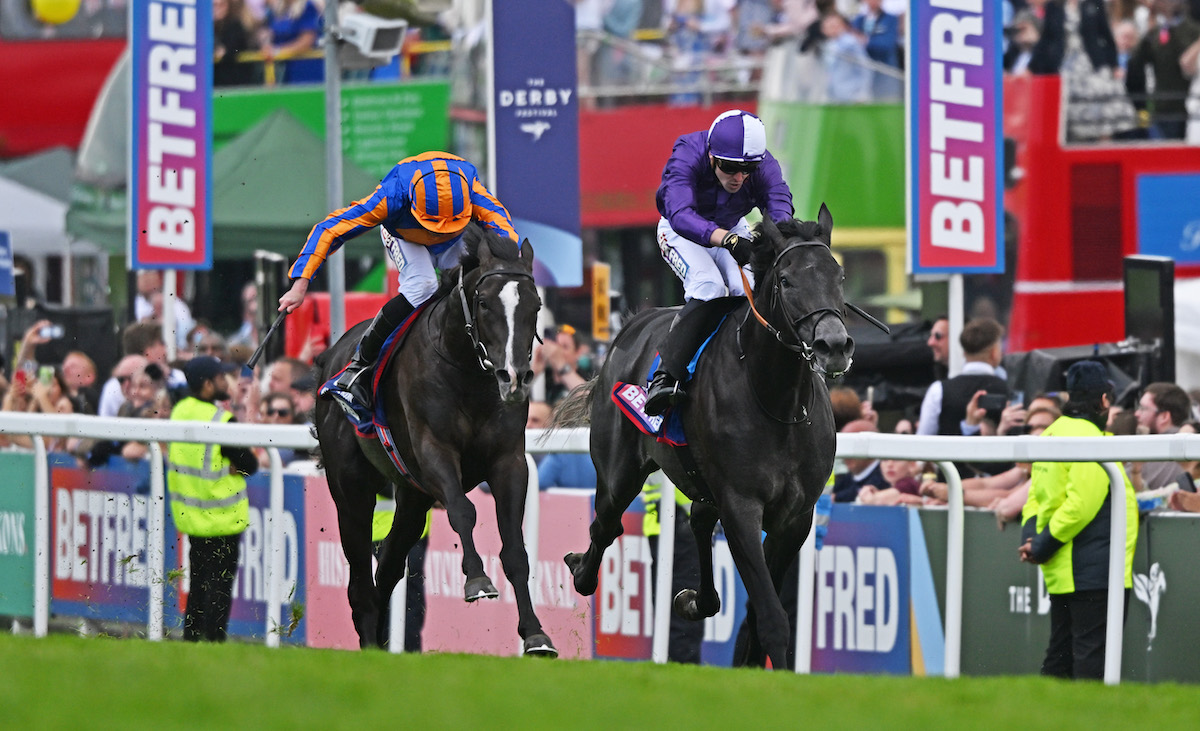 The man with the five-year plan, whose job title decrees that he is responsible for everything that happens on the racecourse, the buck stopping here, arrived at Epsom a week before last year’s Derby in an observational capacity. His path to the hotseat is unconventional, yet not without its logic.
The man with the five-year plan, whose job title decrees that he is responsible for everything that happens on the racecourse, the buck stopping here, arrived at Epsom a week before last year’s Derby in an observational capacity. His path to the hotseat is unconventional, yet not without its logic.
“I have no horse background – that’s part of the reason I was brought in,” says Sammes. “I trained as a mechanical engineer, using logical thinking, maths to solve problems. Then I did a graduate programme in the business side of problem solving, which is an incredible way to learn how to run a business, what works, doesn’t work.”
Sammes then began his career in golf, working for the PGA European Tour and the Ryder Cup, and joined the Jockey Club in London in September 2021 in its commercial strategy division. He was on the fast-track to his own racetrack.
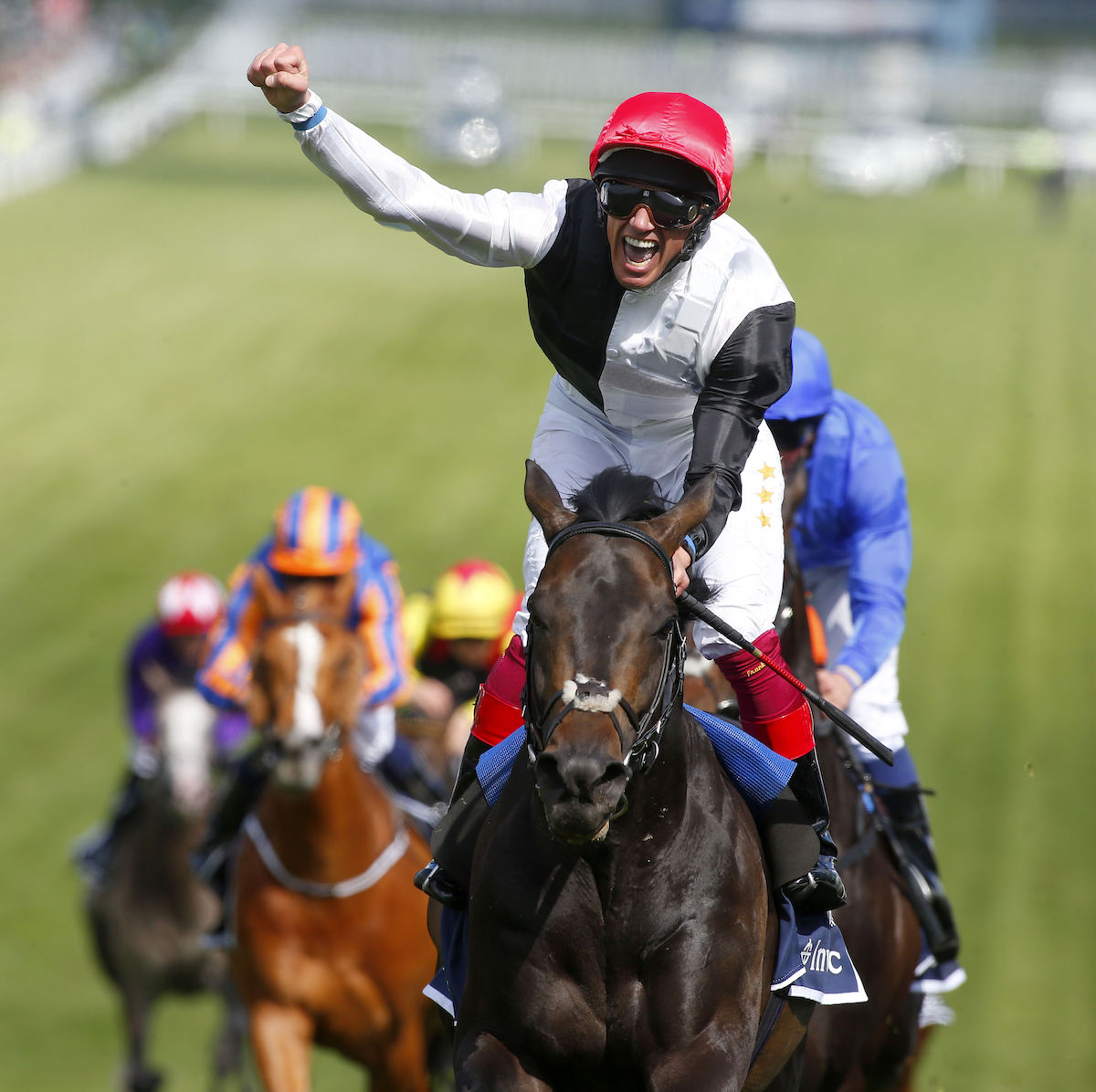 “The Jockey Club wanted to fill this position with someone who had my sort of skillset – and here I am. Of course it’s a huge learning curve, running an estate rather than just a business, but what this racecourse hasn’t had for a long time is someone who thinks very differently about how to grow the racecourse.”
“The Jockey Club wanted to fill this position with someone who had my sort of skillset – and here I am. Of course it’s a huge learning curve, running an estate rather than just a business, but what this racecourse hasn’t had for a long time is someone who thinks very differently about how to grow the racecourse.”
Subverting the norm
At some point in this type of interview it is customary to ask for the subject’s first memory of the Derby – currently sponsored by the bookmaker Betfred – with the expectation being some sort of sepia-tinged, antique childhood recollection of bright colours and excitement. Sammes subverts the norm in a way that illustrates his potential for his new role.
“Nine years ago,” he says, belatedly attaching Golden Horn’s name to the tale where another might have begun with it. “It was my first time at the races and I remember less about it than I probably should, I was up at Tattenham Corner with the boys, just having a great day out. Then I came to Epsom again two years ago on a stag do.
“That helps me look at racing from a different angle – I’m ‘the customer’, and a big part of my role is how we get this sort of people coming racing more often, building awareness and engagement, as well as delivering ‘racing product’ to the hard-core fraternity, which is the bit I’ve had to learn quite quickly.
“A lot of people think ‘ooh, you’re quite young for this’, and I have to be able to hold my own in those conversations, but the Jockey Club has racing experts in abundance and there are plenty of sources of advice.”
Sammes’s brief to improve and innovate embraces the Derby weekend in particular and Epsom in general, revolves around the twin poles of raceday customer and the wider, local community, is underpinned by commercial imperatives that are vital for the transformation of this ‘problem child’ into a model pupil.
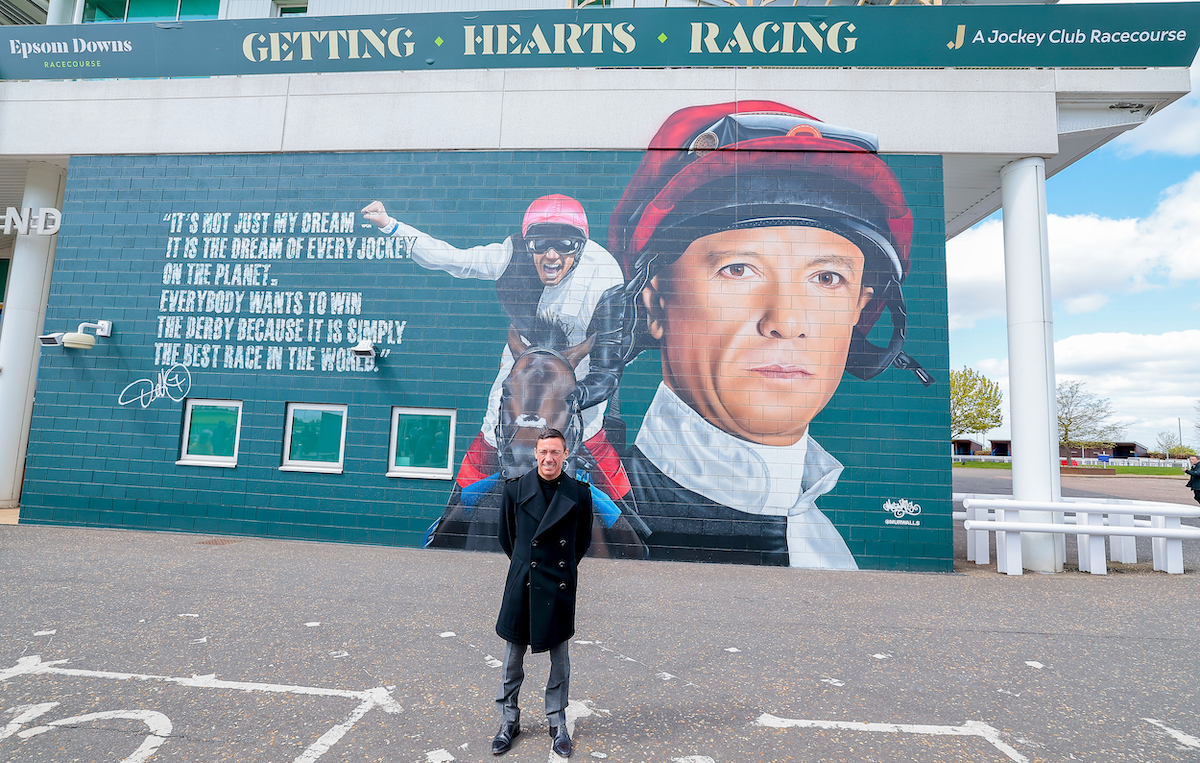 Everything is on his list, everything is on the table, and his tenure has begun by focusing on the paying public in the grandstands, revising the ticketing structure to provide more options between general admission and the hospitality boxes, improving food and drink outlets to satisfy the expectations of a London-centric consumer base used to a far more varied selection than many British racecourses currently provide.
Everything is on his list, everything is on the table, and his tenure has begun by focusing on the paying public in the grandstands, revising the ticketing structure to provide more options between general admission and the hospitality boxes, improving food and drink outlets to satisfy the expectations of a London-centric consumer base used to a far more varied selection than many British racecourses currently provide.
Epsom’s unique Hill, the public land of the infield that is difficult to commercialise, to monetise, given that it is free to enter, has lost its popularity in the last 15 years and is lower down the to-fix list, but its example trains the spotlight on one of Sammes’s core priorities, the reintegration of the racecourse within the local community.
“The Hill is a commercial challenge but a great opportunity to work with the local community, which we don’t do well enough here,” he says.
 “The Hill’s decline is also a societal challenge – people don’t mind paying for a good experience rather than having a lesser experience for free, and our priority has to be giving our clients who are paying to be here the best experience.
“The Hill’s decline is also a societal challenge – people don’t mind paying for a good experience rather than having a lesser experience for free, and our priority has to be giving our clients who are paying to be here the best experience.
“In the past the Hill may have been viewed as an annoyance,” he adds. “As we have to staff it, there is a substantial cost that we can’t recoup, but we just need to learn to use it in a better way.”
Epsom racecourse has drawn criticism from racing insiders for losing touch with its local community, and Sammes is aware that the old covenant between town and track needs rewriting, revitalising.
“People who live in Epsom are hugely proud of the fact that the Derby is in their home town, but we need to do a lot more to engage the community over the next four or five years,” he says.
“We need to listen, first and foremost. I don’t think we know what the community wants from us, in a lot of ways – they’re our stakeholders just like the customers on racedays. It’s so important to listen to their needs, to build a sense of ownership for them surrounding the Derby.
“The Derby provides a huge financial benefit to the local economy, but we need to make sure we are here for the community all year round.”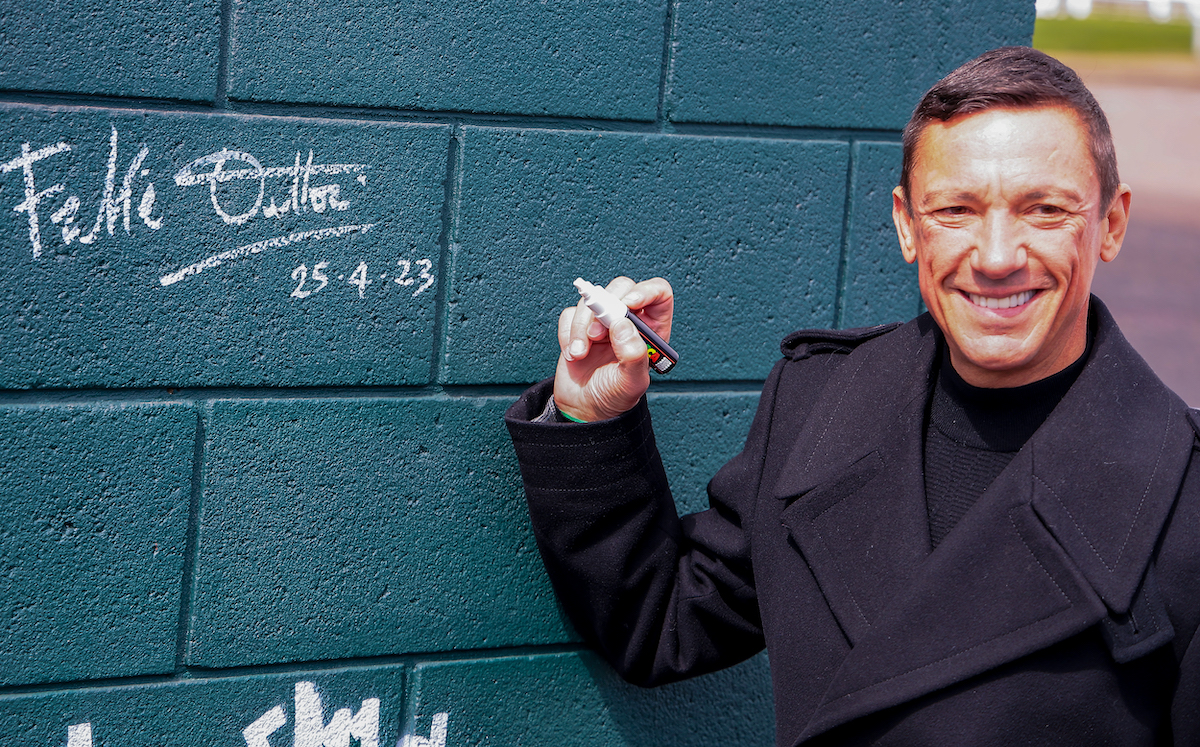
Negligible footprint
Part of the problem lies in Epsom’s almost negligible footprint on the racing calendar outside the two big days of its Classic festival weekend. The Derby and the Oaks do all the heavy lifting for the racecourse, and Sammes sees an opportunity to address that.
“There are a lot of things in the ether at the moment, and I can’t be too candid, but we are looking into creating a week-long festival around the Derby rather than just having two days of racing,” he says.
“That doesn’t necessarily mean more racedays, although that is obviously a possibility to boost commercial growth, but just more stuff going on, family events, connecting with the nine training yards around the racecourse.
“We would have all the temporary structures in place anyway, it wouldn’t cost extra to stage other things, so how do we use them in the best way to grow a Derby festival and reinforce ties with the local community?”
The Derby itself, two and a half minutes of racing history that informs the whole racing year, is in no need of change, but Sammes is keen to use his commercial acumen and drive to establish a wider appreciation of the great race. He lyricises the continuing global prestige and allure of the Derby, placing the accent this time on those who are not at the racecourse on the big day.
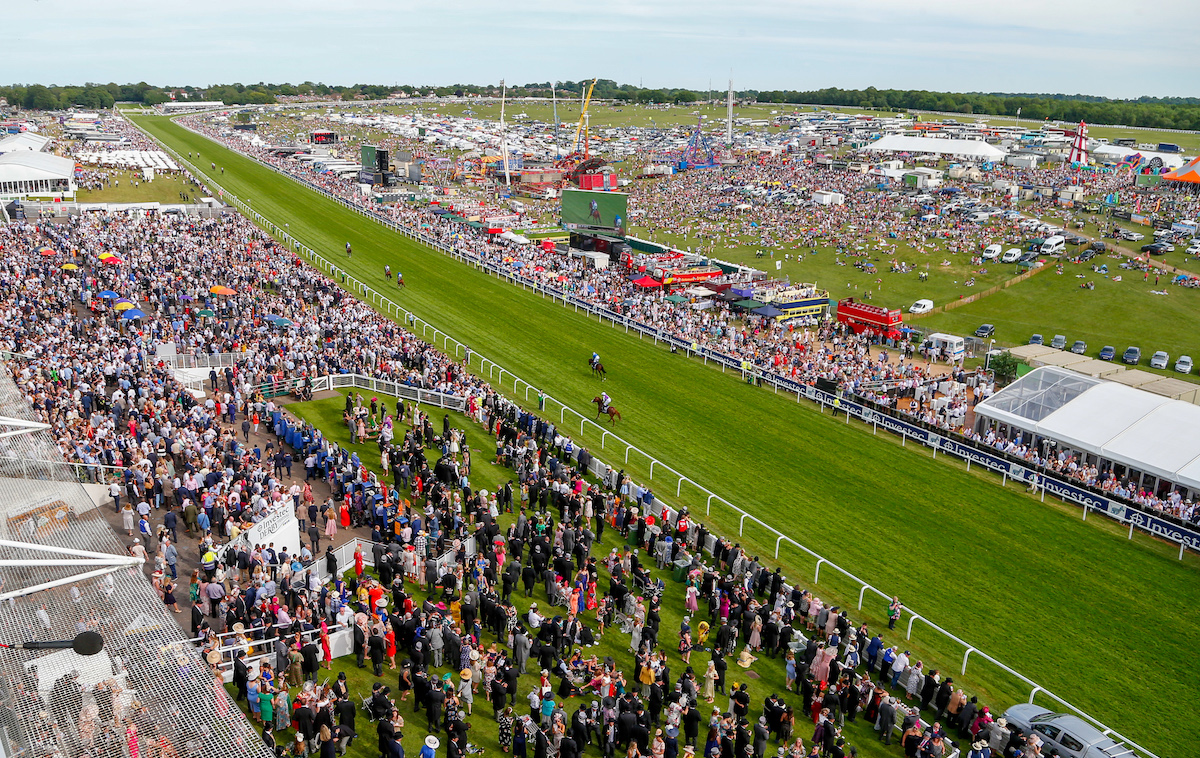 “How do we get people who are physically not at Epsom to appreciate this unique amphitheatre, that shivering thrill in the last moments before the start?” he says.
“How do we get people who are physically not at Epsom to appreciate this unique amphitheatre, that shivering thrill in the last moments before the start?” he says.
“How do we tell the story of the race more effectively, because we should remember that so much media these days is consumed by people who don’t have the sound on? Other sports have made vast improvements in their graphics, their on-screen information, and British racing has a long way to go to catch up with that.
“It’s a big challenge and a big opportunity. We need to provide a different perspective, a different analysis. Of course you can’t beat being here, but one big focus is on our off-site customers to make sure that we are giving them the right experience too.”
To add to those off-site endeavours, Sammes hopes that the recent tie-in with the US, which provides a win-and-in doorway to the Derby for the winner of the G2 American Turf on the Kentucky Derby card at Churchill Downs – won by the longshot Trikari, trained by Graham Motion – will provoke further awareness in the race Stateside over the next few years.
Ticket sales for next month’s two-day extravaganza are ahead of last year, when train strikes and a clash with the FA Cup final – as well as the well-publicised threat from the Animal Rising course invaders – conspired to adversely impact crowd figures.
Brighter horizons
The next few weeks are of considerable importance to Sammes, but his sights are also set on more distant, hopefully brighter horizons, and for all the optimism of youth he so energetically displays he knows that his ideas and influence will be judged only on the results he produces.
“This year is about consolidation, getting the basics right, making sure the people who come will want to come back again,” he says. “Then, over the next two or three years, it’s all about continuing the investment and the growth until we see the fruits of our labours in 2029, the 250th running of the Derby and a huge celebratory milestone for us.”
The man with the plan looks out at his empire, imagining its evolution, his revolution. “It’ll all look completely different, physically, experientially, for people, for horses,” says Sammes.
“It’s a very big opportunity for Epsom, for the Jockey Club, for me, and a very big challenge. Incredibly exciting times.”
• Visit the Betfred Derby Festival website
A life after racing: Aussie star Cascadian joins Godolphin Lifetime Care program
Tadhg O’Shea: I thought I was Mick Kinane, Lester Piggott and Frankie Dettori rolled into one
View the latest TRC Global Rankings for horses / jockeys / trainers / sires


